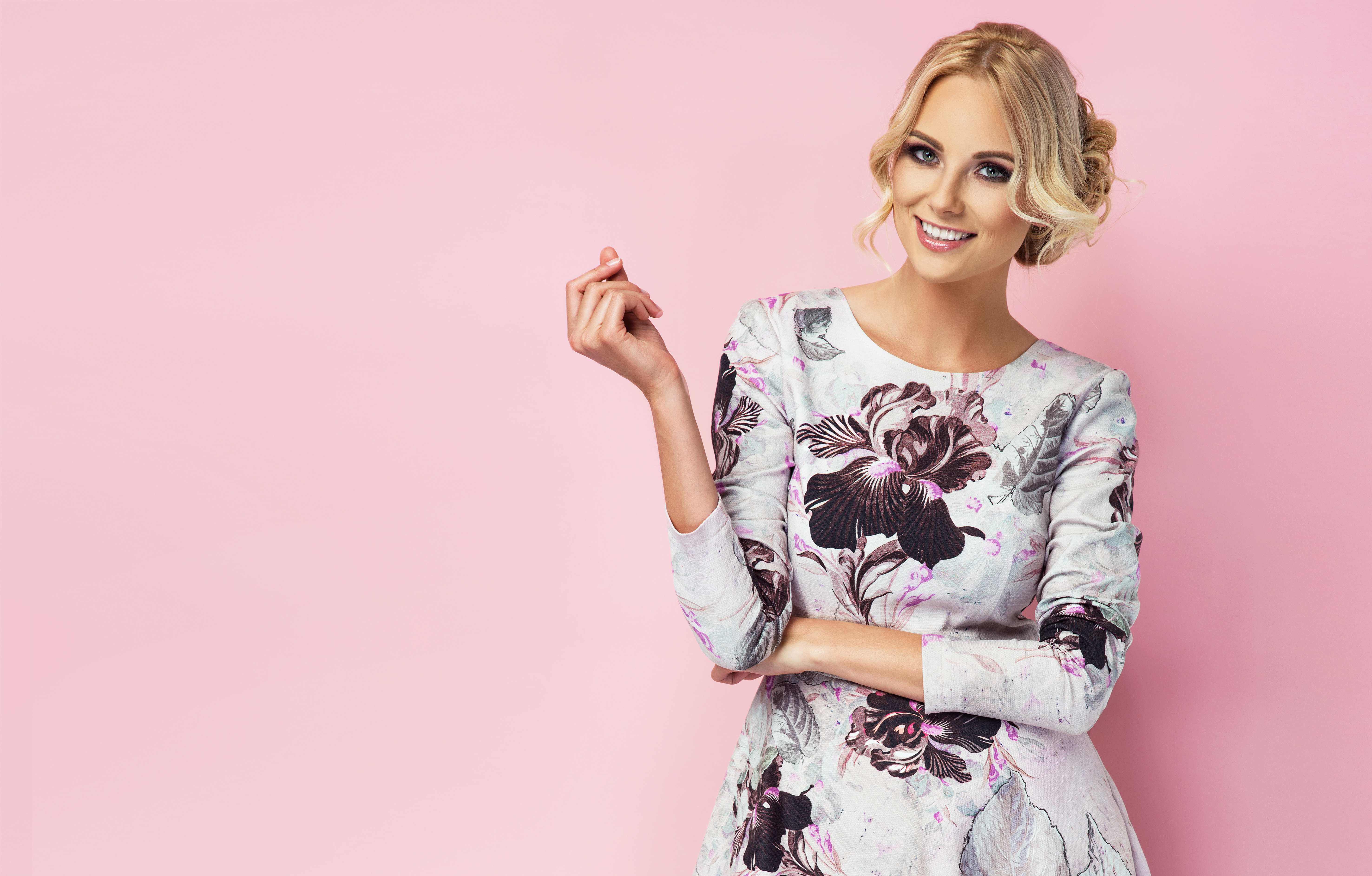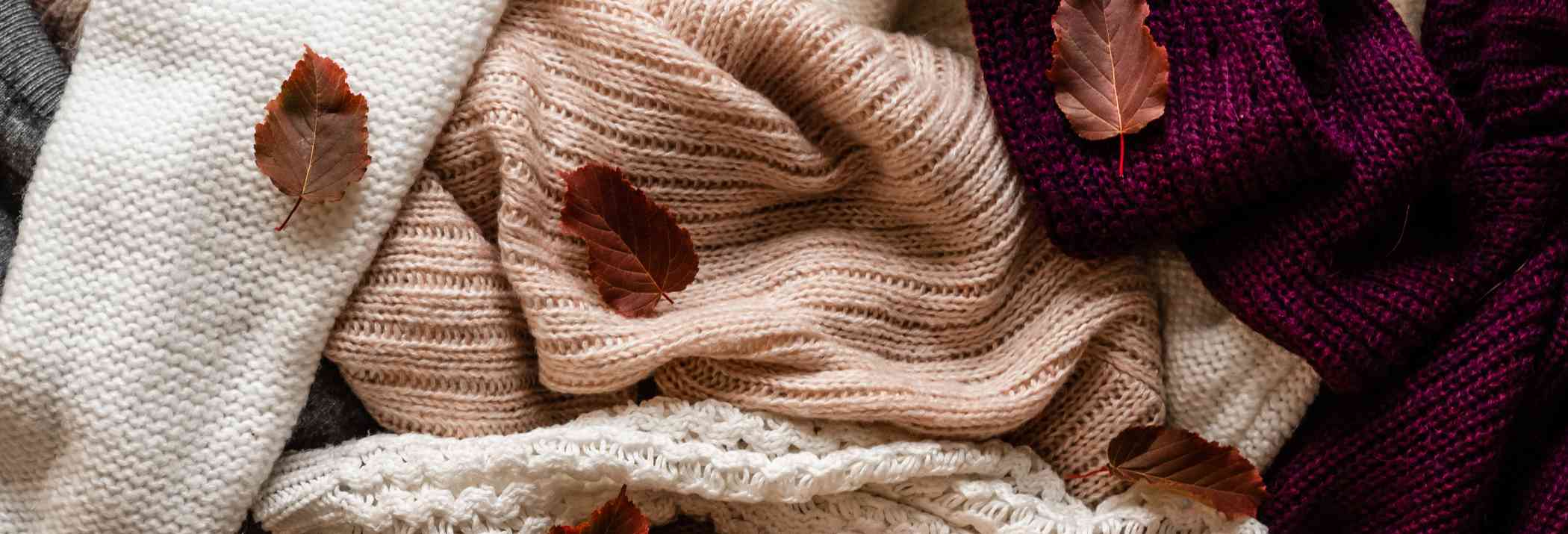Native American Clothes: History And Latest Fashion Trends

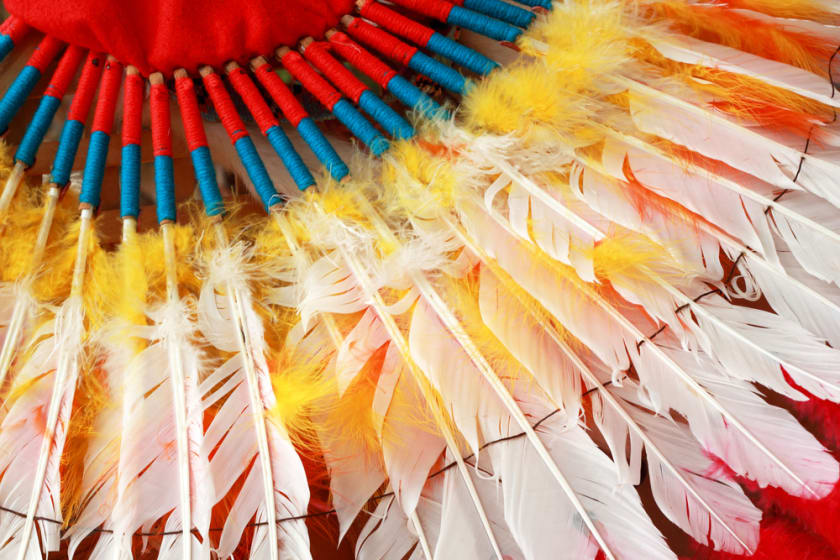

What do you know about Native American clothes?
Before reading further, this is to know that every country in the world follows different fashion styles and trends. Some countries have adopted Western styles of clothing and accessories, while others follow traditional styles.
Depending on the resources available to different tribes in the region, Native American clothes vary from tribe to tribe. It is easy to recognise which tribe you belong to by the clothes and the decorations on their outfits. Historically, clothing made by Native Americans was created from naturally abundant and readily available materials. The materials varied from mammals such as buffalo, bears, deer, etc., to various small creatures. Since Native Americans heavily relied on natural animal products for their costumes and clothing, they were highly respectful of nature. They made sure that no part of an animal was wasted.
Decorative costumes, clothing, and other ceremonial accessories were made from leather, feathers, and bone. Plants have been used throughout history by Native Americans to make clothing items and accessories, along with animal products.
Things like beads, shells, feathers, animal teeth, and fringe were highly decorated on the clothes. At times, decorations were very much simple embellishments. Also, at other times, these decorations identified a person’s tribe, the marital status of women, and whether a person has the skills of a hunter or not.
The history of Native American clothing
Various tribes used natural resources to weave and bind brilliant and vibrant items with textures or grass strips for binding or weaving. Native American clothes were heavily influenced by the changing seasons and geographic locations. In sub-Arctic regions, clothing tended to be simple leather, such as breechcloths or fur-lined trousers and boots. The Native headdress or “war bonnet” is probably the most iconic piece of Native American clothing. Native Americans traditionally wear these symbolic decorative pieces when they are high-ranking. Throughout Native American history, Native peoples in various regions have utilised makeshift textile clothing technologies. They harvested plant fibres and plant products to make these textile clothes. Due to geographic differences, Native American history is diverse and fascinating. One can see this clearly in their clothing. Several Native American cultures and traditions determine what people wear in clothing and ornaments. It encourages students to “dress up” as Native Americans to educate them about Native cultures and identities. These costumes tend to present Native cultures as a tradition. Also, it promotes lessons that promote continuity and creativity within Native cultures.
As World War II began in 1939, American men were expected to wear their military uniforms. However, men began to wear colourful suits with baggy bottoms and fitted jackets. Women wore sleek silhouettes reminiscent of military uniforms.
Woven apparel
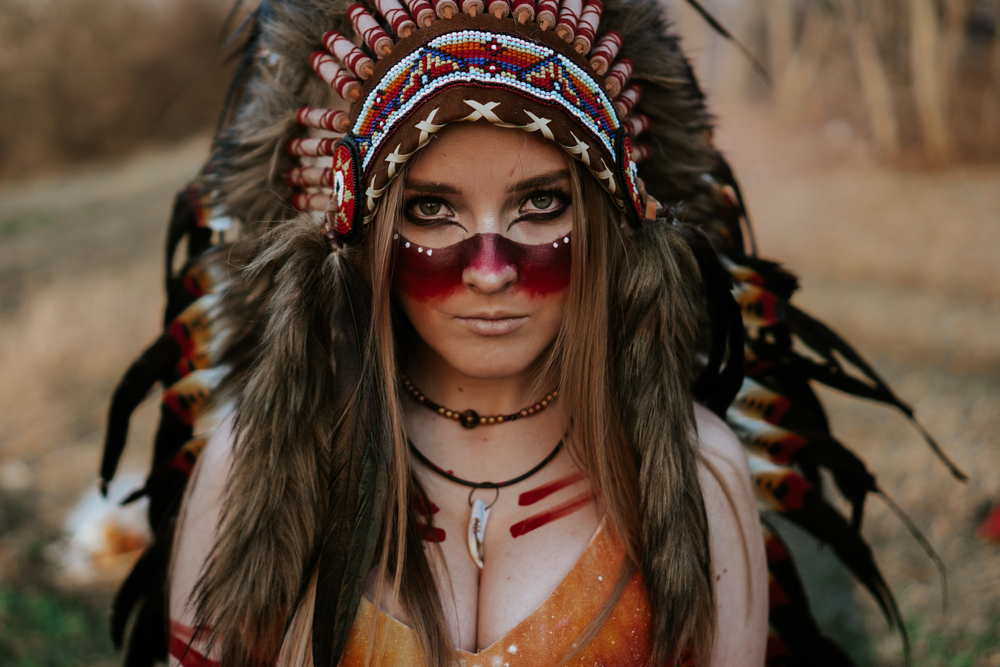
Although many tribes of the American Southwest used handmade weaving methods, they were the first to develop looms or devices for weaving cloth.
During the contact between Native Americans and white settlers, many of their traditional methods of cloth-making were destroyed. Native Americans had eagerly incorporated new materials, such as glass beads and silver ornaments, into their clothing.
The COVID-19 era
During the Covid pandemic, the apparel industry faced many challenges as everything went online and replaced physical office meetings with virtual Zoom meetings, owing to the lockdown. This affected both the manufacturers and the customers. The trend of masks came after the fear of coronavirus and lockdown. People started wearing different types of designer and matching masks, depending on the colour and style of their clothes. Earlier, N95 and surgical masks were popular, but later on, different kinds of masks came into being, and people started following the pattern.
Present scenario
Fashion is not considered something that is still or stationary. It changes on and on with time and new generations, like one’s favourite music and weather changes over time, the same as in the case of fashion and trends. It was the mash-up decade in the 2000s when designers began to take inspiration from many decades and include them in women’s fashion a second time. Miniskirts made of denim, halter tops, jeans with a low waist, and capris became popular. The men began including more athletic wear in their regular ensemble. Baseball caps and bootcut jeans made an appearance again. According to the sources, an average American owns around seven pairs of jeans. Isn’t it interesting? Also, women in the United States spend an average of $125,000 on clothes, consisting of 3,000 items—271 pairs of shoes, 185 dresses, and 145 bags. Men’s shirts have buttons on the left and women’s on the right. Children dressed the same as adults until the mid-1800s.
Fashion in the modern era (late 1920s)
Clothing in North America today is diverse and varies as per the wearer’s climate and requirements. When we talk about North American apparel today, we could imagine anything from the business suits of Wall Street to the board shorts of San Diego. This tradition stretches beyond modern times. Before the United States of America and Canada were unified, several Native American nations occupied North America.
In terms of style, we are heading back into the ‘70s, ‘80s, ‘90s, 2000s, and, well, it's a mouthful. People are going back to more baggy silhouettes.
The uncertainty and flexibility of the American fashion experience make it authentic and difficult to define. If you ask a designer what American fashion means to them, they would answer that it is something uncertain.
Many customers have no idea whether they are wearing clothing items co-opted from the culture of the Native American community or not. And boho chic’s rise has made it difficult to differentiate between appropriation and genuine Native garments. A client might connect feather earrings paired with other apparel and bohemians. Talking about hair accessories made of feathers, feather earrings, or even beaded jewellery in the modern fashion market entirely owes the inspiration to traditional civilisation. This is also true for fringe wallets, vests, and shoes.
Fashion trends come and go after some time. Not only this, some fashion trends never fade. Footwear, accessories, and clothing with Native American influences have become fashion styles. Also, bloggers are rapidly calling out non-Native Americans who put on headdresses and other traditional styles just so they can feel they are imbibing a dressing style from another culture.
Native North American apparel and clothing styles
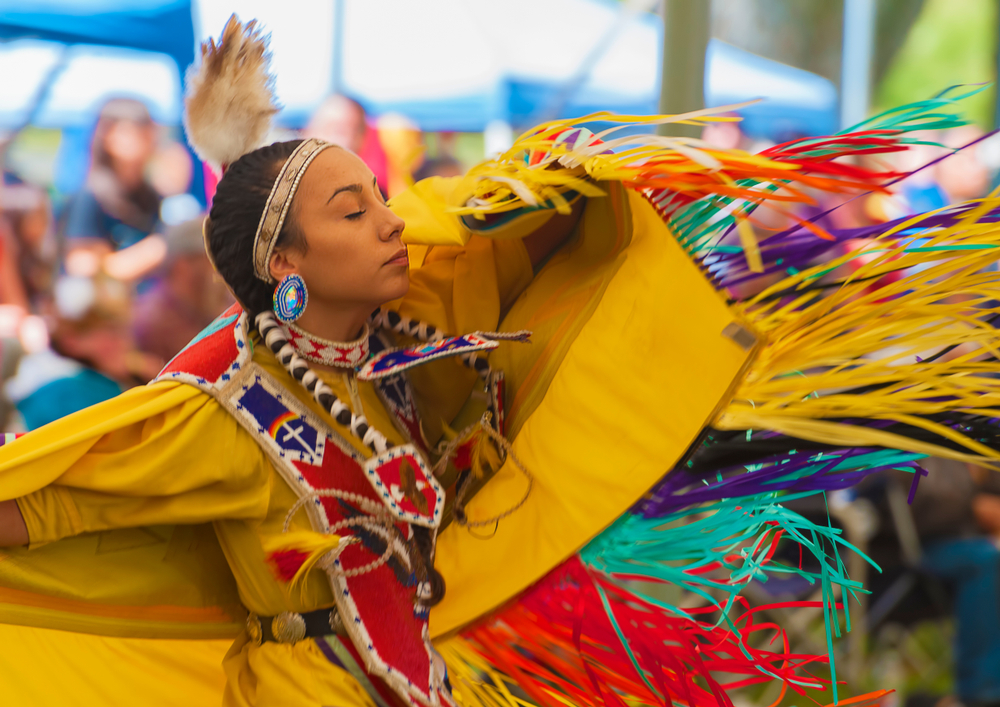
There were indigenous peoples living in certain regions who developed textile clothing technologies primarily using plant fibres and spun thread made from the hair of both domesticated and wild animals. As far south as the Mexican border, woven products were used literally from head to toe by tribes from Alaska down through the Great Basin and Plateau regions. The caps, dresses, hats, and even footwear were all made of plant materials. The practice originated in the North, where the constant dampness of the coastal temperate rainforests adversely affected skin products. In the South, it started due to the shortage or rarity of enormous animals for skinning.
To optimise resources, several Great Basin tribes developed a method of weaving animal skins, such as rabbit skins, into blankets and shawls.
Do you know which dress materials were utilised to make clothes and accessories?
The garments worn by Indigenous Americans were made of animal hides before European explorers and settlers came to North America. If a tribe lived near hunting grounds where deer and elk were available, like the Cherokee tribe, their clothing was made from those hides. In cold weather, tribes used fur as an added insulation, such as rabbit fur, fox skin, and seal skin. For example, the Navajo, the Seminoles, and the Apache extracted material from plant sources and started the trend of weaving blankets, shirts, and tunics from this material.
In return for their furs and meat, the tribes traded goods with the Europeans and were rewarded with glass beads.
In a nutshell
This article makes a distinction between the history and the current scenario of the significance of Native American Clothes. Both the phases were quite different, depending on several factors and reasons. For buying Native American clothes, one needs a good manufacturer and knowledge of fashion which is going.
Fashinza is a B2B apparel manufacturing platform located in Gurugram, India. It is an excellent platform for the fashion industry, deals with providing the latest designs to deliver to its ultimate consumers or clients, and connects the different fashion brands to the manufacturers.
Fashinza provides its clients with a good variety of products that are indeed of premium quality along with good durability and price. What are you waiting for? Go and visit the Fashinza website now.















